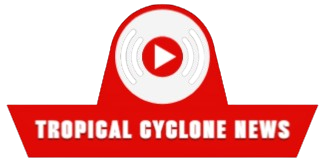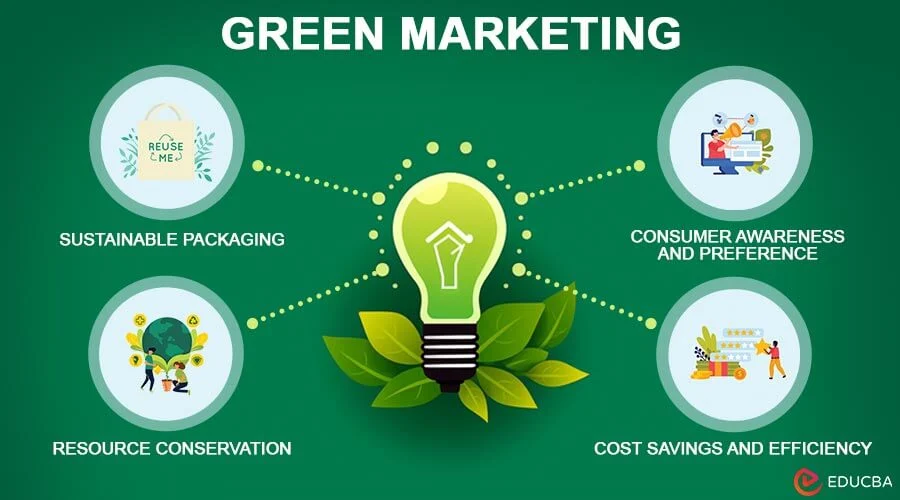Sustainability isn’t just a trend—it’s a message. And if you’re a business or nonprofit focused on ethical impact, your marketing materials should reflect that. Eco-friendly design goes beyond recycled paper and soy ink. Today, it’s about using digital tools that reduce waste, streamline production, and support environmentally conscious branding at every stage.
Luckily, there’s no shortage of low-cost or free tools to help you build stunning, sustainable campaigns—from digital-first flyers to resource-light design workflows. Here are the best tools and platforms to help you design smarter, cleaner, and greener.
1. VistaPrint’s Eco Options: Print Sustainably When Needed
When printing is necessary—for packaging, signage, or leave-behinds—VistaPrint offers eco-conscious upgrades, including recycled paper stocks and water-based inks. While VistaPrint is traditionally known for business cards and postcards, its “green” line of materials is a major step toward more sustainable print marketing.
Marketers can choose paper types made from post-consumer waste and opt for minimalistic designs to reduce ink coverage. Pair this with QR codes that link to digital menus, forms, or brochures to cut down on additional print needs while still getting your message across effectively.
2. Piktochart: Turn Data into Digital-Only Visuals
Want to show your sustainability metrics or impact stats without printing a thick report? Piktochart specializes in turning data into clear, engaging infographics, reports, and slide decks. Instead of distributing paper handouts at your next event, email a branded visual report or post it directly to your social channels.
Piktochart includes access to icons and illustrations that support eco-themed visuals—like trees, solar panels, or recycling graphics. Its drag-and-drop interface and free version make it accessible for small businesses or nonprofits with limited budgets.
3. Adobe Express: Design for Digital-First Delivery
Digital materials eliminate printing waste entirely—and Adobe Express makes it easy to create beautiful, on-brand content for screens. This browser-based tool lets you quickly design flyers, social posts, brochures, and even email headers using templates that are fully customizable.
Using Adobe Express allows marketers to bypass physical production by prioritizing PDF handouts, shareable graphics, or mobile-first flyers. This not only reduces paper usage but also aligns with consumer expectations for sustainable business practices. It’s a powerful tool for teams transitioning from print-heavy habits to eco-conscious design systems.
4. Greenspark: Integrate Environmental Impact into Your Campaigns
Greenspark isn’t a design tool—but it pairs perfectly with your eco-friendly assets. This platform lets you connect marketing actions (like newsletter sign-ups or purchases) with real environmental impact—such as planting trees or offsetting carbon.
Add a simple badge or callout in your designs (“This flyer saved 3kg of CO₂”) to make your environmental messaging even stronger. Whether in digital ads or downloadable materials, tying visible actions to measurable sustainability goals builds consumer trust and reinforces your brand values.
5. Lucidpress: Streamline Collaboration to Cut Design Waste
Endless rounds of revisions, back-and-forth emails, and misaligned versions? All of that burns time and resources. Lucidpress helps teams collaborate in real time, eliminating the need for constant re-exports and excessive drafts.
Use Lucidpress to create editable brand templates that anyone on your team can access and tweak—without reinventing the wheel. Less design duplication = less digital waste. It also makes version control easy, so you avoid unnecessary printing of outdated materials.
6. Envato Elements: Reuse, Recycle, and Rebrand Templates
Designing from scratch every time isn’t just inefficient—it’s unsustainable. Envato Elements offers unlimited access to eco-themed templates, presentation decks, and icon sets that can be reused and repurposed across campaigns.
Instead of starting fresh with every flyer or promo, build a toolkit of green-forward assets you can adapt. From Earth Day visuals to zero-waste infographics, Envato makes it easy to maintain visual consistency while minimizing creative waste.
🌿 FAQ: Eco-Friendly Infographic Design Tools
Infographics are a powerful way to communicate impact, explain data, and raise awareness—without printing a single sheet of paper. For mission-driven businesses and content creators, they’re one of the most sustainable content formats available. Here’s a breakdown of the most common questions about creating effective, eco-friendly infographics online.
Q: What are the easiest tools for quick infographic creation?
If you’re new to visual storytelling, Venngage and Visme are both user-friendly platforms with drag-and-drop interfaces and beginner-friendly templates. They’re great for building polished visuals in minutes—even if you have zero design background.
Q: Are there any online platforms that rank high for custom infographic design?
Piktochart, Venngage, and Infogram all consistently top the charts. Piktochart is strong for reports and presentations, Venngage is ideal for marketing-style infographics, and Infogram excels with interactive data visualizations.
Q: Which infographic makers include access to stock photos or icons?
Visme and Adobe Express stand out here. They offer extensive libraries of royalty-free images, icons, and eco-themed assets. This makes it easy to illustrate stats or concepts without sourcing external content—saving time and keeping your workflow centralized.
Q: What’s a great tool for sharing and downloading infographics easily?
Piktochart and Infogram both make it simple to export infographics as PNGs, PDFs, or interactive embeds. These options work well for newsletters, social media, or live presentations. Many platforms also include sharing links that are mobile-optimized.
Q: Which tool provides the most bang for your buck in infographic design?
For both depth and accessibility, Adobe Express offers excellent value. With its rich template library, intuitive design flow, and integrated stock content, it’s ideal for producing your own infographic quickly and professionally—without needing advanced design software.
Eco-conscious marketing isn’t about sacrificing creativity—it’s about designing with intention. With these tools, you can build a brand that reflects your values, engages your audience, and leaves a lighter footprint. From digital-first flyers to beautifully shareable infographics, sustainability starts at the design level.

